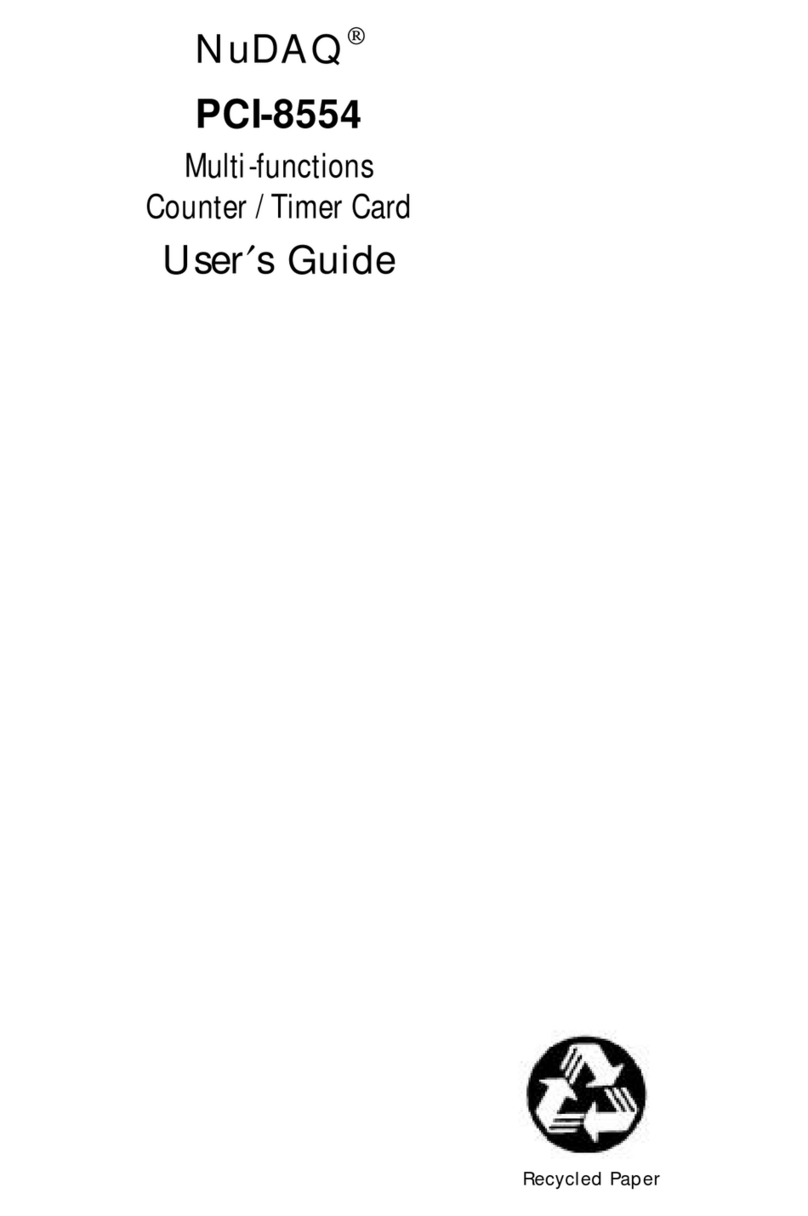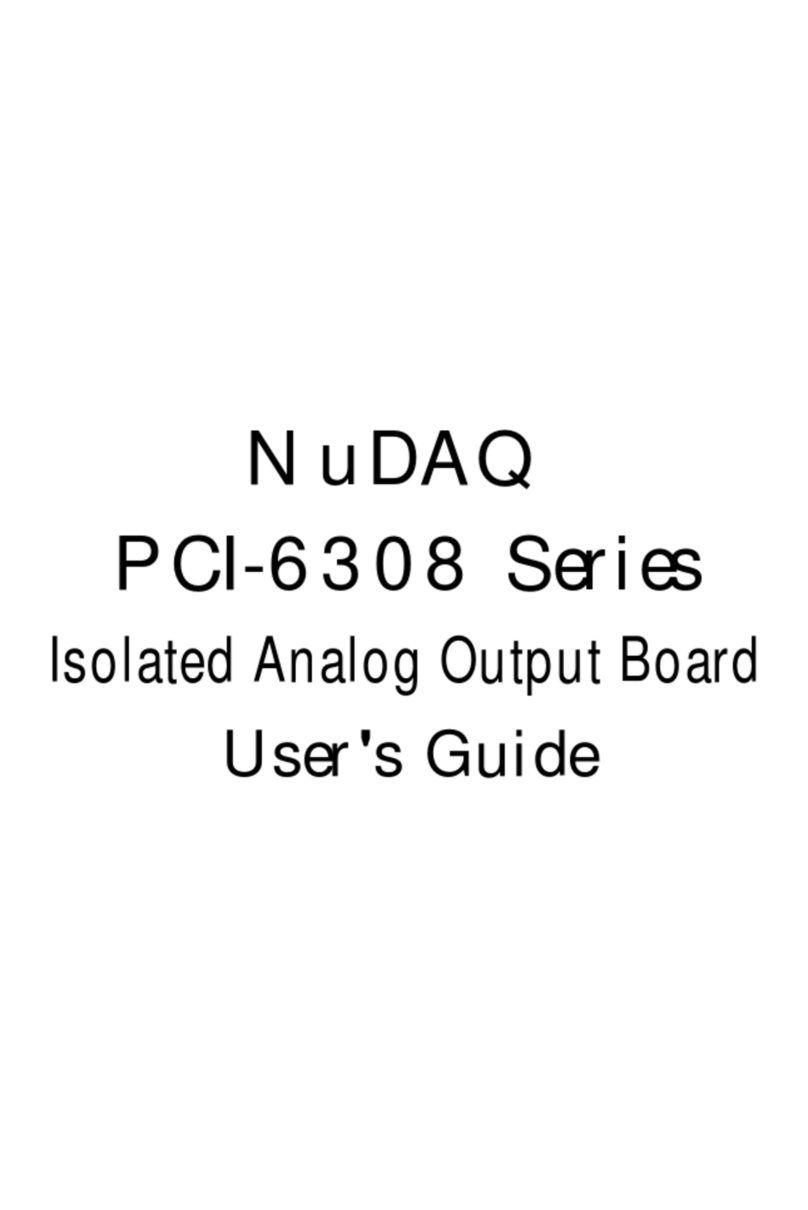Contents
•
iii
6.5 _9113_AD_Read_Data....................................................40
6.6 _9113_AD_Read_Data_Repeat.......................................40
6.7 _9113_AD_Read_Data_MUX...........................................41
6.8 _9113_AD_Read_Data_Repeat_MUX..............................42
6.9 _9113_AD_Set_Channel.................................................43
6.10 _9113_AD_Set_Range....................................................45
6.11 _9113_AD_Get_Range ...................................................46
6.12 _9113_AD_Get_Status....................................................46
6.13 _9113_AD_Set_Mode .....................................................47
6.14 _9113_AD_Get_Mode.....................................................48
6.15 _9113_INT_Set_Reg.......................................................49
6.16 _9113_AD_Get_Reg.......................................................49
6.17 _9113_Reset_FIFO.........................................................50
6.18 _9113_AD_Soft_Trigger.................................................50
6.19 _9113_Set_8254.............................................................51
6.20 _9113_Get_8254.............................................................53
6.21 _9113_AD_Timer............................................................53
6.22 _9113_Counter_Start .....................................................54
6.23 _9113_Counter_Read.....................................................55
6.24 _9113_Counter_Stop......................................................55
6.25 _9113_INT_Source_Control............................................56
6.26 _9113_CLR_IRQ.............................................................57
6.27 _9113_Get_IRQ_Channel...............................................58
6.28 _9113_Get_IRQ_Status...................................................58
6.29 _9113_AD_FFHF_Polling................................................59
6.30 _9113_AD_FFHF_Polling_MUX.......................................60
6.31 _9113_AD_Aquire ..........................................................60
6.32 _9113_AD_Aquire_MUX .................................................61
6.33 _9113_AD_INT_Start ......................................................62
6.34 _9113_AD_FFHF_INT_Start ............................................64
6.35 _9113_AD_INT_Status....................................................65
6.36 _9113_AD_FFHF_INT_Status..........................................66
6.37 _9113_AD_FFHF_INT_Restart.........................................67
6.38 _9113_AD_INT_Stop.......................................................67
Chapter 7 Calibration & Utilities........................69
7.1 Calibration....................................................................69
7.1.1 VR Assignment..........................................................................70
7.1.2 A/D Adjustment..........................................................................70






























